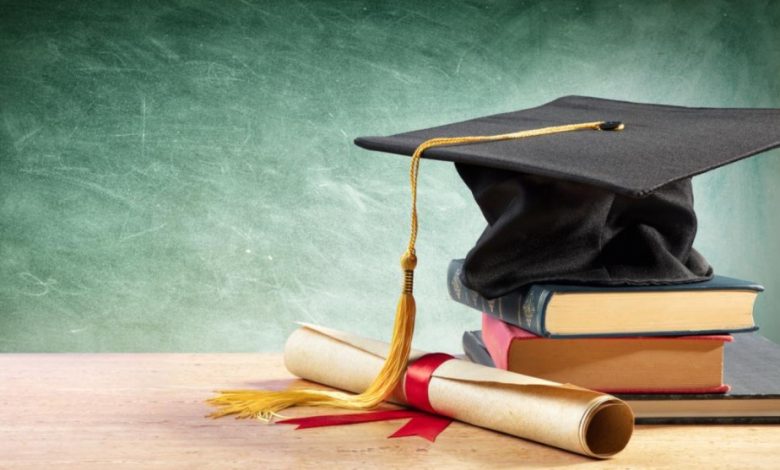
When one thinks of higher education, virtual reality isn’t often part of what comes to mind. Online learning started the change for how we see education. It became a supplement to traditional learning methods. People could still learn at a distance, getting the education they want, even if they can’t attend in-person. In addition, it allowed many to study at their own pace, reaching their goals at their own pace. It’s a very powerful tool for educators. They can reach more people while helping others to achieve a higher education without ever entering an actual classroom. As such, if an individual wishes to gain skills as a full stack developer, for example, one could find a course online.
Of course, online learning can be a double-edged sword. There are times when learning that you’re going to need some personal help. It’s hard to achieve the help you desire through interactive textbooks and workbooks alone. Trying to have a conversation with a professor without a face can be discouraging as well.
The advantage to lectures and classrooms is that students can actually engage with the professor, teaching assistant and even each other. You need clarification on something? Simply raise your hand and get the information you seek; much better than emailing someone and waiting for the reply. The educator can group students together for certain projects, and students can converse and study together, creating bonds and friendships that could last a lifetime. Yes, you can get a high-quality education through online learning that is social and interactive, but without the real-world social dynamics and instant feedback, the experience is definitely not the same.
Now, enters Virtual Reality. A virtual classroom and online distance learning is brought together into a single platform. There are avatars to represent the students and the professors. Many whiteboard technologies are implemented to allow educators to perform their job close to how it would be in a real classroom. This includes private messaging chat, powerpoint and video and voice capabilities. This type of learning could actually simplify the presentation and lecture process. Students can ask and answer questions with each other or their teacher, without having to interrupt the lecture or discussion. They can also socialize while learning, all in a very streamlined way. All of this can be achieved with distance learning, taking advantage of the convenience and cost-efficiency that comes with it.
Today, many educators are starting to really realize that any subject could be taught in this type of virtual learning setting. Certain subjects have a greater chance of virtual world education, for instance, History. Imagine being able to provide your students with actual field trips (virtually) to battlefields or to meet Presidents. Political Science is another subject that would benefit greatly from virtual reality learning.
In fact, there is already something in the works. Assistant Professor of African American Studies at the University of Arizona, Bryan Carter, has developed the Harlem Project. This is a virtual version of 1920’s Harlem, with state-of-the-art graphics, similar to what you’d see in a video game, that will educate while entertaining students through this unique recreation of a time period we no longer live in.
Dr. Bryan Carter said, “This virtual setting allows for students to see the inspirations behind the literature or works of art they are studying, which will be invaluable to engaging this generation.” Harlem, New York are not the only hubs that will be included; Montmartre, Paris is also featured in this unique virtual display.
This is exactly what it would mean to bring education into a virtual setting that is truly interactive. Imagine learning a foreign language through an immersive virtual setting, rather than the traditional ways to learn a new language. Your class could visit a French class, or be sent to a certain place in time, like a virtual Paris, to see and learn among native French speakers. It would be like you’re there with and among them.
Students could meet others, all learning the same material. Students can benefit from learning from each other to understand the subject material. Of course, it would also make the learning experience much more enjoyable. Even from a distance, students would have a great advantage learning in a virtual world environment.
Languages would not be the only way to utilize virtual learning for good. Even chemistry and math could be great subject matters. These are subjects that are a bit harder online, but in a virtual world, students could have a huge advantage. In real-time the students get the social component that they would in an actual classroom, and still be able to talk and discuss in a way that helps every student.
Everything we use technology-wise to facilitate education, could be possible to achieve in a virtual classroom as well. Professors could record their lectures so that students can refer back to it when necessary, replaying the parts they actually need to hear, rather than ensuring they take extensive notes. Students can attend class regardless of where they’re at; so long as they have internet. This would cut down seriously on the cost for transportation and even housing.
Virtual reality and learning will open the doors to provide better access for many seeking the best education by blending the real world and our online technology into one.



